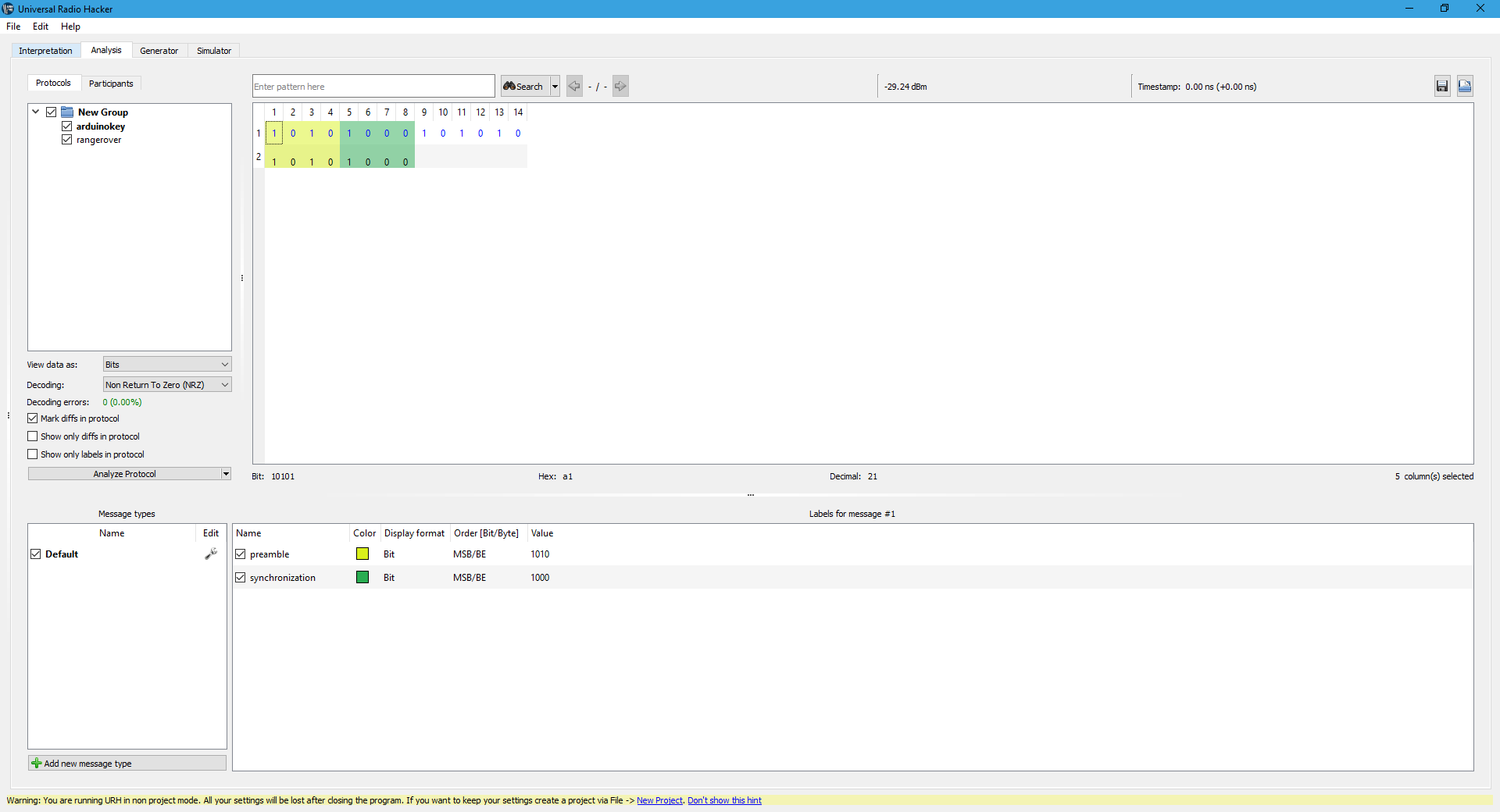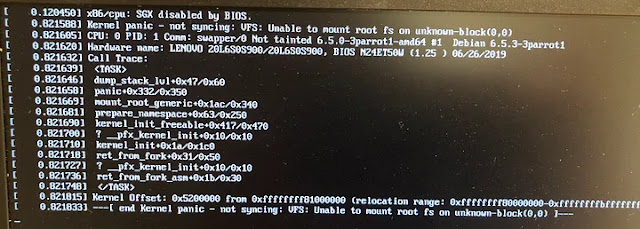SWITCHING SIMPLE LOADS! AND SOME HEAVY LOADS?
This post helps you to understand when to use BJT’s.
Transistors are one of the best invention that changed the
human life, computer uses transistors to work and every sequential logic boards
also.
But we are interested in using transistors for switching!
Heavy loads.
Basic functioning of transistor is Switching ON and OFF electronically,
this is useful to turn devices or circuit on or off.
So this transistors best variants are BJT’s and MOSFET’s,
we going to discuss about BJT’s today.
BJT stands for "BIPOLAR JUNCTION TRANSISTOR" which is also like DIODE
but can be used to switch heavy loads with CURRENT control.
The bjt’s are 2 types 1) N_TYPE 2) P_TYPE we are going to discuss about N_TYPE today.
It is true Mosfet’s can reduce the power dissipation up to
20%, also they can be controlled with voltage unlike current control it is
easy, BUT there exist another variants of bjt which is Power transistors(Darlington
pair), which can control the heavy and beefy circuits.
I’m gonna use TIP122 as my power transistor.
- Darlington Medium-power NPN Transistor
- High DC Current Gain (hFE), typically 1000
- Continuous Collector current (IC) is 5A
- Collector-Emitter voltage (VCE) is 100 V
- Collector-Base voltage (VCB) is 100V
- Emitter Base Voltage (VBE) is 5V
- Base Current(IB) is 120mA
Applications:
- Can be used to switch high current (up to 5A) loads
- Can be used as medium Power switches
- Used where high amplification is needed
- Speed control of Motors
- Inverter and other rectifier circuits
here is the circuit for switching:
Emitter-Base voltage (VBE)
of only 5V and base current of only 120mA (MAX). Hence
can be used with micro controllers but even though the Arduino pin outputs 40mA
don’t risk it without base resistor I recommend 100ohms.






Comments
Post a Comment